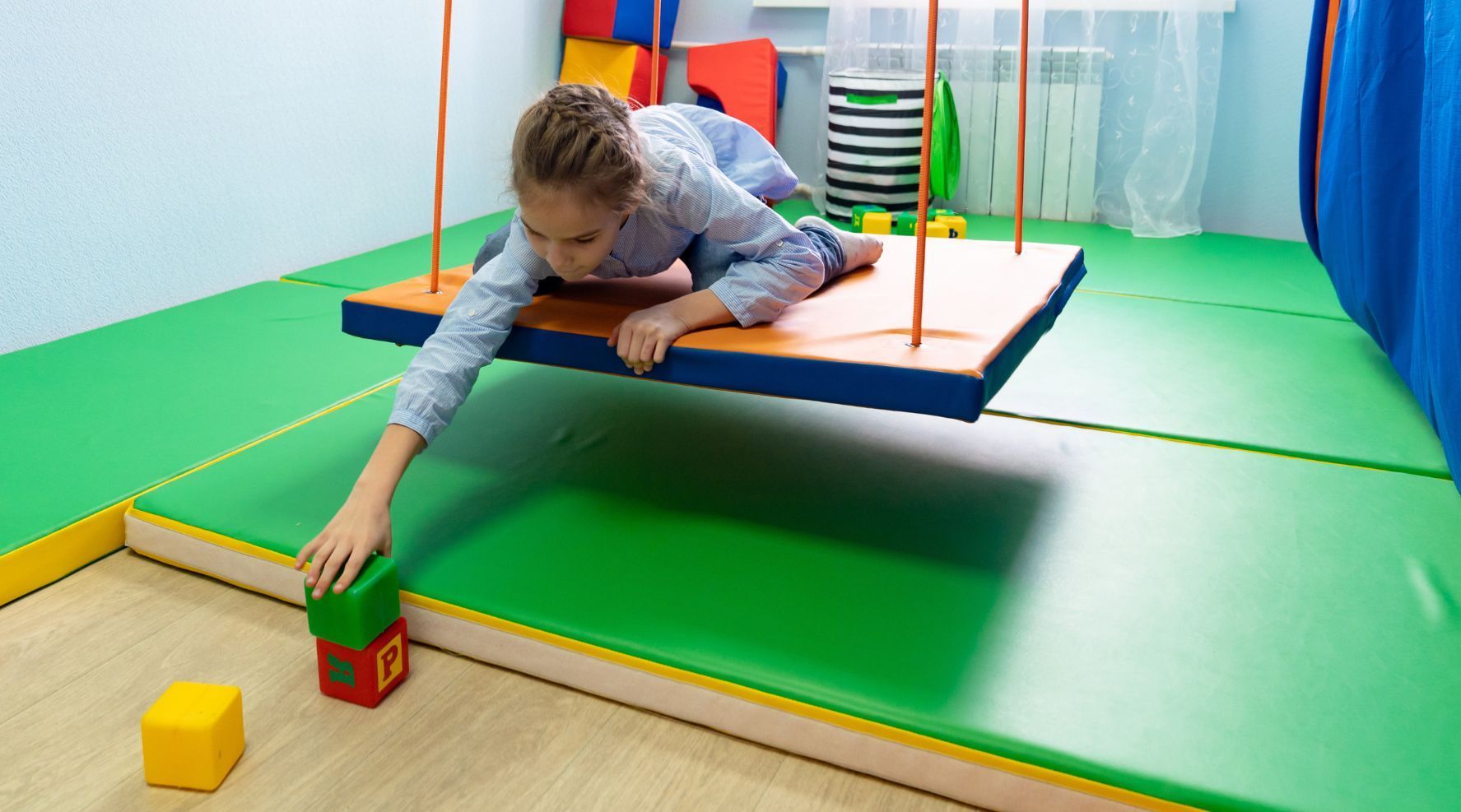3 Reasons Why Your Library Needs a Sensory Room
Although Still Quiet, Libraries Can Be Overwhelming
Children’s library spaces now feature computer games, puppets, toys, and story time. Library meeting rooms host energetic community meetings, live music, spoken word events, dance performances, lectures, and crafting classes.
With a bounty of offerings and so many areas where people use computers or participate in activities, libraries can be overwhelming to people with sensory processing issues, including children on the autism spectrum. Keep reading to learn three reasons why your library needs a sensory room.
What’s in a Sensory Room?
Sensory rooms are usually quiet, dimly lit areas that offer a soothing retreat from crowded spaces. They might include soothing music, gentle colored lights projected in slow-moving patterns on the walls or ceiling, bean bag chairs, and water features or “bubble lamps” that provide a mesmerizing view.
Some sensory spaces also include equipment designed to intensify sensory experiences. There could be crash pads, slides, mini trampolines, or a game console displaying a dancing game. These help hyper-energetic children get the stimulation they need to be ready to behave appropriately when visiting other areas of the library.
De-escalation
Children on the autism spectrum are prone to meltdowns when overwhelmed with excessive sensory inputs, such as loud noises and bright lights, unfamiliar people or places, or crowds. Autism parents learn to recognize triggers and try to avoid them, but they can’t run interference 24/7. They can’t predict everything that’s likely to happen when they’re out in the community with their autistic child, even at the library.
Sensory rooms provide an opportunity for the de-escalation of a meltdown. When a distressed child enters a sensory room, they can select where to sit and which activities make them feel calmer.
They may sit next to a columnar light that changes colors or has bubbles inside that burble up from the bottom to the top that they can watch. They may find comfort in the enveloping feeling of a beanbag chair. Or there may be a tent or “cubbyhole” in the room so a child who needs a break can have a small space all to themselves.
Sensory rooms offer kids the chance to get themselves back under control by selecting which means of self-regulation is most appealing to them.
Engagement
As mentioned above, rather than being easily overstimulated, some kids on the autism spectrum need more sensory stimulation to help them regulate their emotions, reactions, and behavior. That’s what the crash pads, yoga balls, and indoor slides are for: they give children a chance for physical play in a safe space, apart from other library users who need quiet contemplation.
Addressing the need for more sensory input can calm a child enough so they can prepare to re-enter the larger library space and maintain proper behavior. An indoor sensory room can also foster their love of books, and all the other materials libraries have to offer.
More public institutions, from schools to park district recreation facilities to hospitals are installing indoor sensory play equipment to better serve people of all abilities. Your library needs a sensory room to enhance its character as a welcoming space for all.
Contact Royalty Sensory Gyms Today
Now's the time to start!
Contact Us
Thank you for contacting Royal Sensory Gyms.
We will get back to you as soon as possible.
Please try again later.
Hours of Operations
- Mon - Fri
- -
- Sat - Sun
- -
All Rights Reserved | Royal Sensory Gyms




